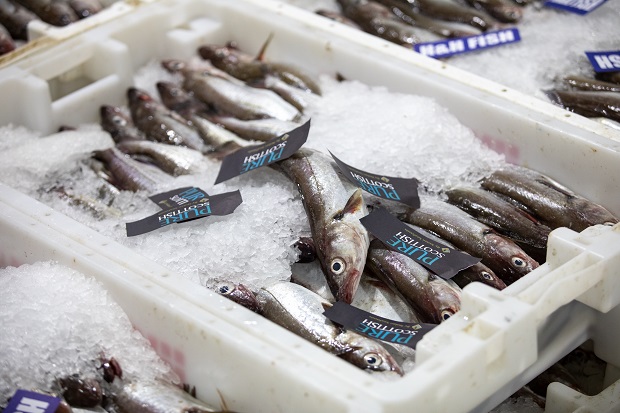Clams, salmon, lobster, haddock, mussels, and shrimp are just a few of the seafood products the world consumes. There is an equally extensive variety of packaging materials available to package your delicious sea fruits. If you are a company that processes and manufactures seafood, then you are looking for the right type of packaging materials to fit your products.
 Companies don’t want old packaging materials for their products, they are looking for the most up-to-date ones on the market. If you don’t know yet which packaging materials are right for your seafood products, we have made some research and gathered 5 typed of chilled packaging options.
Companies don’t want old packaging materials for their products, they are looking for the most up-to-date ones on the market. If you don’t know yet which packaging materials are right for your seafood products, we have made some research and gathered 5 typed of chilled packaging options.
What Are the Top 5 Types of Chilled Packaging for Seafood Products?
- Skin Packs
Skin packs (also known as skin packaging) are carded packaging materials that are often used to package seafood such as fish fillets. With skin packs, a thin film of translucent plastic is put on the seafood product, followed by a paperboard backer.
A heat-sealable coating may also be present on the backer. Heat is used to soften the plastic formulation. It is placed on the back of the product. Vacuum sealing is frequently used in association with skin packaging to provide a tight fit, with the film attaching to the heat-seal coating on the paperboard.
Skin packets resemble blister packs in appearance and texture. The plastic covering the product in skin packs takes the shape of the product rather than being pre-formed before application, which is a major distinction between these types of packaging (as is the case with blister packs). Fish fillets, pork chops, chicken breast, beef fillets, tools, hardware, and several other sorts of food and consumer goods are the most typical things supplied in skin packs.
- Stand-up Pouches
Flexible pouches (aka stand-up pouches) are resealable or single-use bags. Flexible pouches are typically composed of foils, various plastic formulas, and, on occasion, paper. Stand-up pouches are frequently used in the wrapping of frozen seafood, snack food, coffee, cereals, industrial liquids and powders, and other consumer items.
Flexible pouches are popular right now. This is primarily because many of them are resealable, eco-friendly, and less expensive than many of the other most common packaging materials. The fact that flexible pouches have a substantially smaller carbon footprint than rigid packaging alternatives contributes to their mass acceptance. Furthermore, they take up far less space in landfills than many other traditional packing materials.
- PP Strapping Material
Polypropylene (abbreviated “PP”) strapping material is one of the most common types of strapping on the market today. PP comes in a variety of widths, tensile strengths, and core diameters. The width, strength, and core size that is optimal for your packing requirements will be determined by your application. This strapping material can be applied manually with a hand strapper or semi-automatically or fully automatically.
Polypropylene strapping is most used for bundling products and securing pallets of food containers, including various varieties of frozen seafood. Newspapers, mailers, textiles, hay bails, and appliances are also regularly packaged using strapping.
- IQF
IQF or individually quick frozen is a packing method that freezes tiny bits of food individually before packaging. The key advantage of adopting using IQF to manufacture frozen food is that it takes substantially less time to freeze the product than other freezing procedures.
As with everything, your results may vary. Your freezing time will be determined by the IQF machinery you use and the product you are packaging. The high-speed freezing capabilities of IQF will prevent larger ice crystals from forming in the packaged product’s cells. When compared to other forms of freezing techniques, IQF allows the food to retain a greater shape, colour, fragrance, and flavour profile after defrosting.
- Canning
Canning has long been a trusted process and tradition in the seafood sector. After being prepared, seafood products are then canned. A metal can is sealed with a metal lid and then heated to prevent air from entering the can. The food within the can is preserved because of this process. Commercially canned seafood, such as tuna, can be stored for up to five years after it has been canned and distributed.
While canning has been around for a long time, it is more expensive than flexible packaging alternatives like flexible pouches. Furthermore, because metal is one of the heaviest packing materials available today, it has one of the biggest carbon footprints among the top seafood packaging materials discussed in this list. We hope that this list has helped you decide on the right type of chilled packaging.




Comments are closed.